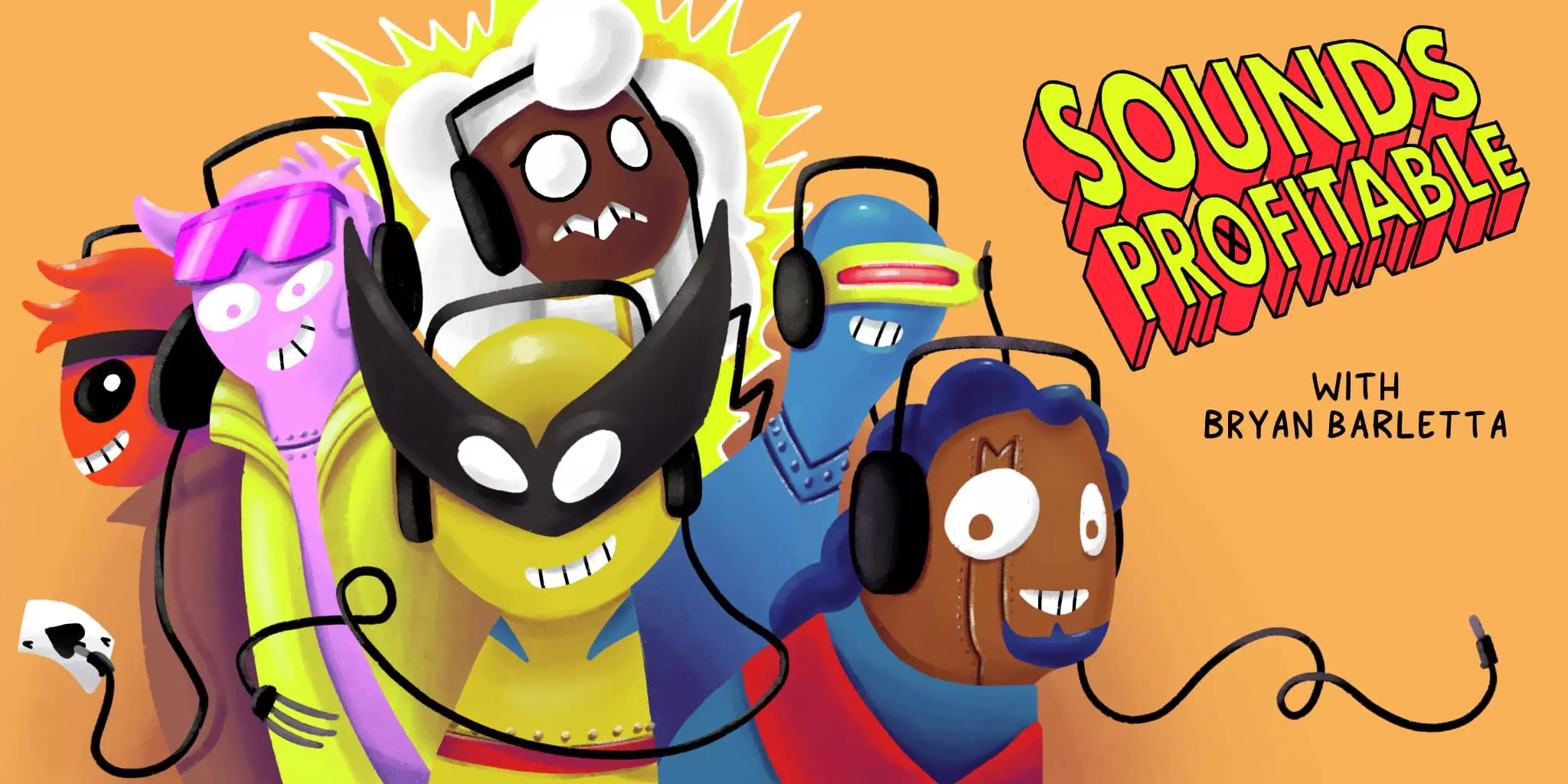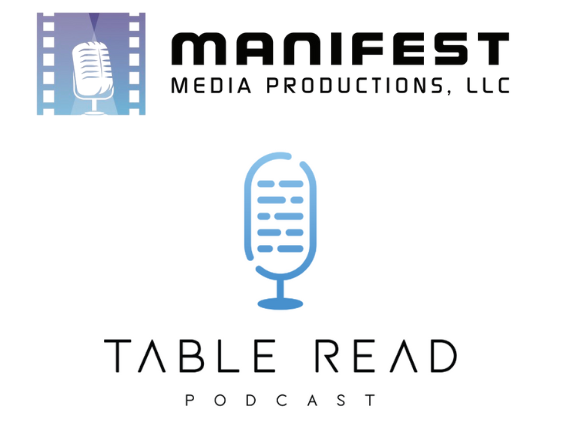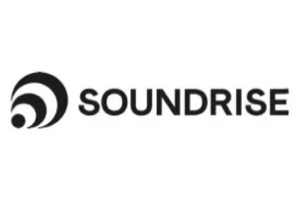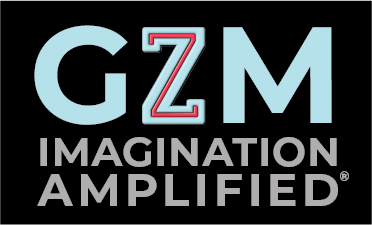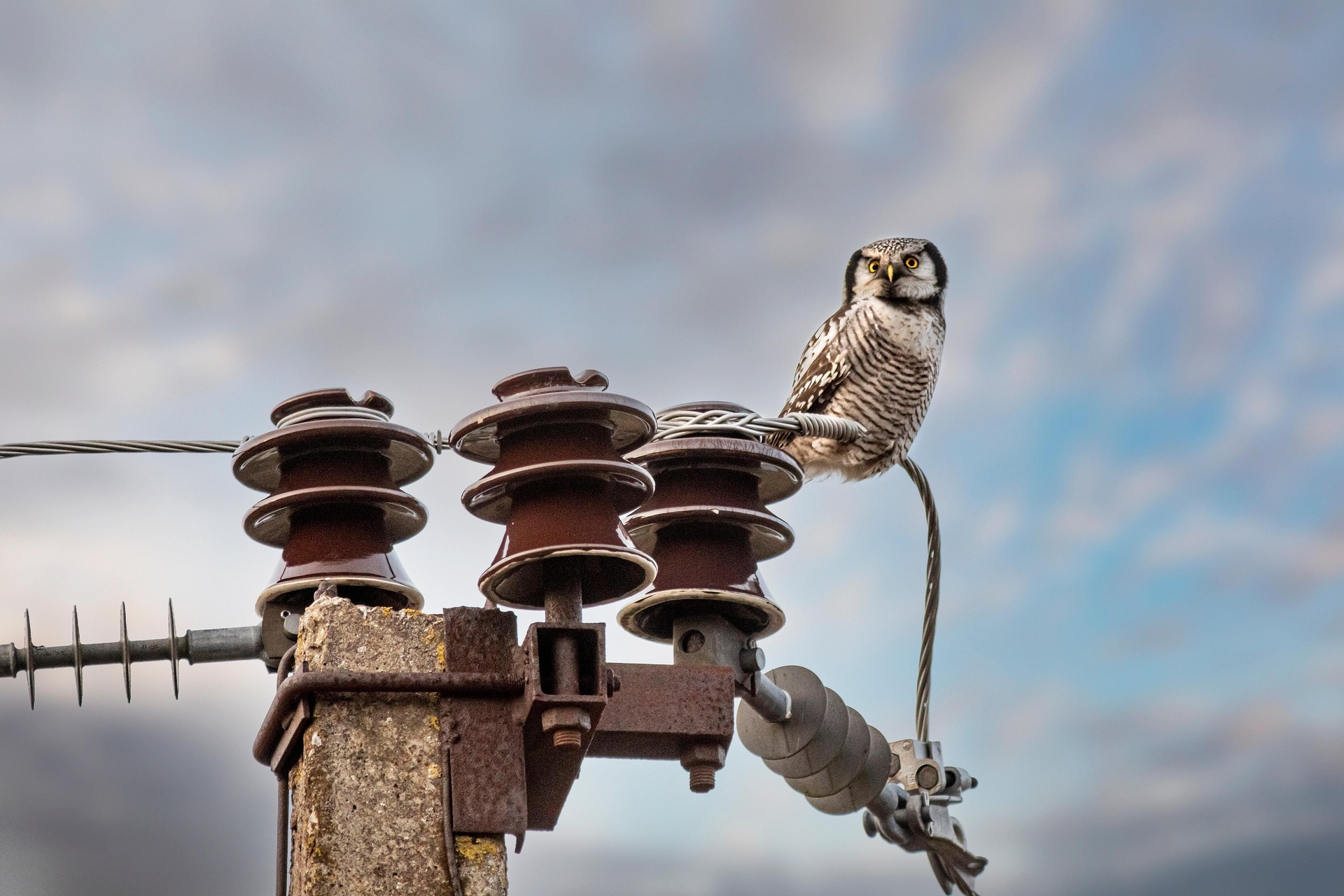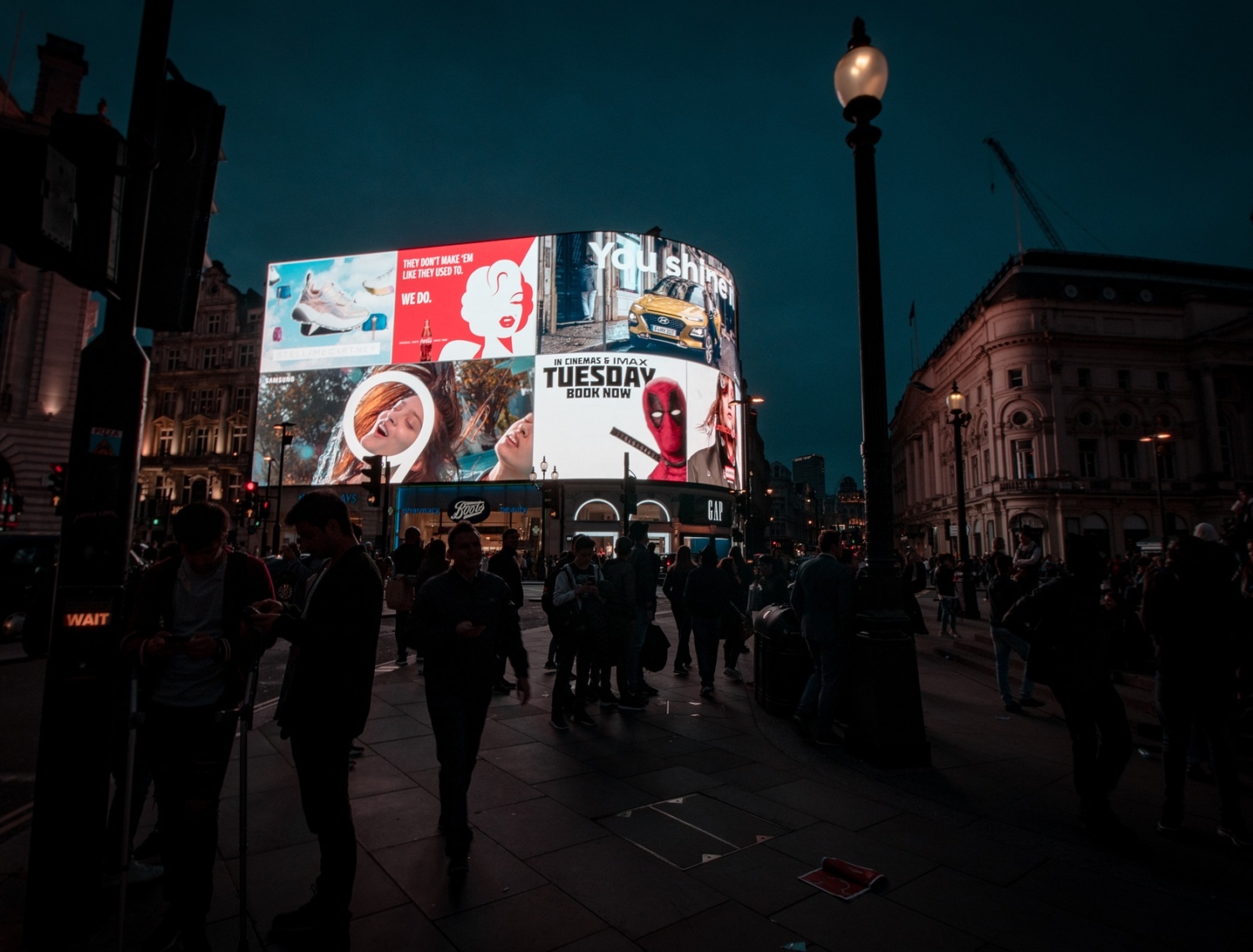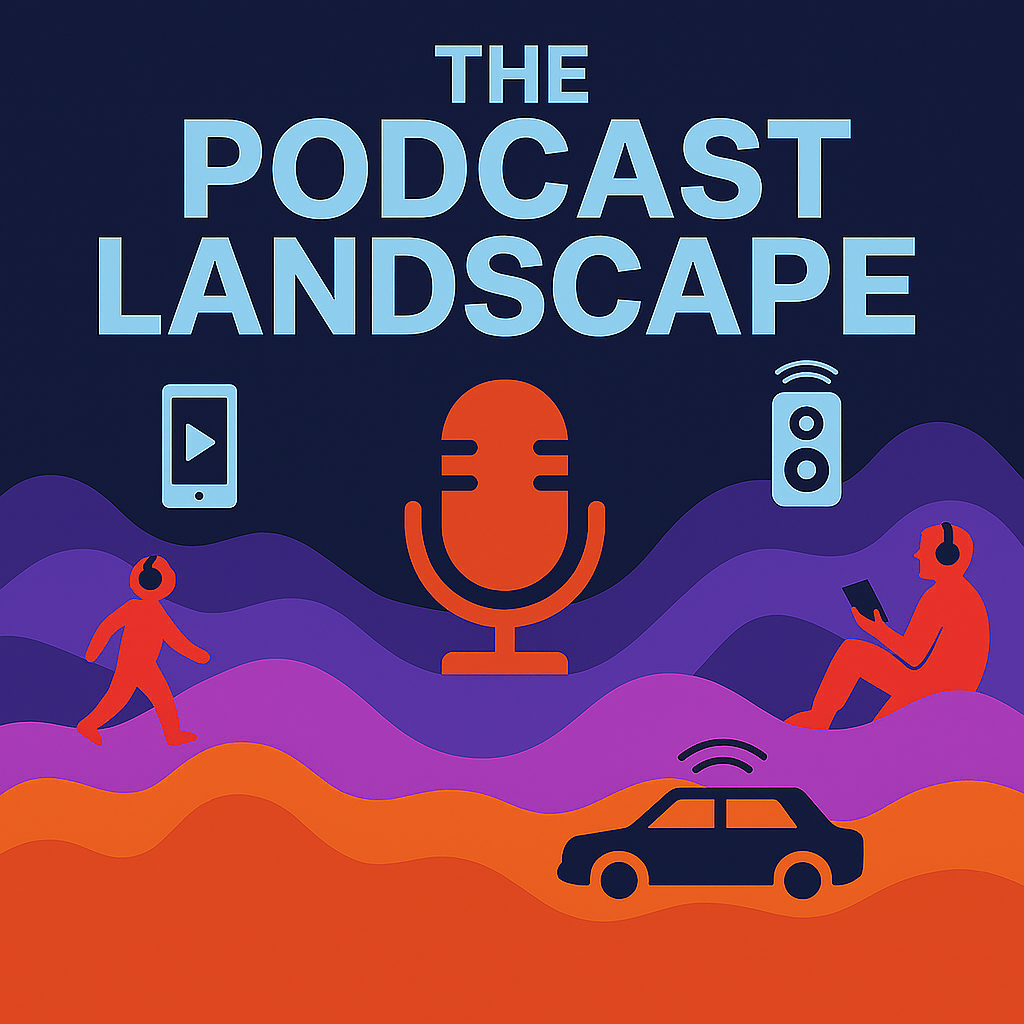Jay Green, SVP, Podcast Strategy and Operations at Cadence13 joins me this week to discuss targeting by demographics in podcasting. You can find it completely free on my Premium Feed, along with a narrated version of today’s article post on Tuesday, or search for Sounds Profitable wherever you get your podcasts.
Introduction
Collaboration is the default in podcast advertising.
The bulk of advertising in podcasting comes from direct interaction between the publisher representation and the brands/agencies. It’s exactly why companies like Megaphone, Podcorn, and Advertisecast were acquired. The ability to develop those direct sales relationships and transition them into operationally sound campaigns with multiple collaborators is a big deal.
So when it comes to tracking the delivery and the success of a campaign, most buyers new to our industry are going to have a different set of expectations and approach than many of us are used to. The podcast advertising space seems to be occupied with far more people brand new to digital advertising overall, which isn’t a bad thing at all, but it does mean that we need to make sure we’re educated on not only how advertising works in podcasting, but also how the buyers are used to handling their campaigns in other channels so we can better answer their questions.
When buyers have a hard time translating tools, metrics, and services between advertising channels, we get friction. And friction prohibits more buyers from choosing podcast advertising as a viable channel. But that friction can be soothed with education. Too often we present podcast advertising’s differences from other digital channels as a negative, which limits our growth. We believe that buyers want a homogenized experience where they can purchase inventory centrally in one location across all platforms with little regard to what makes each channel unique. And while some buyers definitely do feel that way, we need to make less excuses for our space and spend more time educating everyone on how podcasting’s differences make our channel better.
So let’s tackle one of the biggest differences between podcast advertising and other forms of advertising: Impression tracking. To do that, I need to give you a quick primer on how impression tracking works in both digital channels and in podcasting. That’ll help make sure you’re equipped to educate buyers on the differences too.
What Is Impression Tracking
Impression tracking is the process of validating the impressions a brand or agency purchased were actually served to the user, and that the requested targeting matched. It’s also the base-level of technology used for attribution tracking, and most vendors offer both. In most advertising channels, impression tracking is mandatory for all campaigns and is ultimately the number that the buyer pays against.
Impression tracking can come in all forms, from a 1×1 image pixel to a javascript tag, but they all generally work the same: the pixel or tag “fires” on the user’s device at the same time the ad loads, sending back information to verify the ad was served. Impression tracking vendors adhere to the certifications imposed by those industries, the most common of which are the IAB and MRC. And because virtually all impression tracking vendors and adservers follow those certifications, variance between analytics is usually within a single-digit percentage. Negligible and perfectly acceptable.
Since these tracking pixels or tags load on the user’s device, the impression tracker can naturally gather nformation about the user who the ad was served to. This is a big part of why the other advertising industries are so concerned about the changes to mobile device IDs and cookies happening right now, because they no longer get some of that information and can’t leave third-party cookies on the users’ devices anymore. But IP address, user agent, and the content requested by the user is still available, which is the bedrock of podcast advertising data.
As of this writing, there’s no way to drop a pixel or a javascript tag to Spotify, Amazon Music, Apple Podcasts, or any other podcast listening app. But yes, we can still track impressions.
What’s Different For Podcasting
Digital advertising channels have the ability to execute code on the users device (typically via web browser). But advertisers can’t execute code on the users device even for those listening to podcasts in a web browser. Instead, podcast players retrieve files and data from RSS feeds, including things like artwork, text-based episode details, and the episode’s audio file. The player then displays that data to the listener, without any way for additional code or pixels to be fired from the listener’s device.
But that doesn’t stop the podcast hosting provider from doing a basic form of impression tracking. Without any pixels or javascript tags, the podcast hosting platform can confirm that 60 seconds of audio was sent to the requesting player, tracking an impression. If the hosting platform knows where in the audio file the ad was placed—via dynamic content insertion—they can track an impression for the ad itself, once that part of the file has been sent. And if the campaign has a podcast capable impression tracking pixel associated with it, the hosting platform can forward the user’s IP address, user agent, and the content they requested to the vendor.
All of that tracking, and indeed all of podcast advertising impression tracking thus far, fires server-side. That’s very unlike other forms of digital ad impression tracking, which almost always involves the web browser on the user-side.
Since impression tracking in podcasting doesn’t fire on the user’s device, impression tracking on its own hasn’t become a mandatory part of podcasting. But that’s changing, with more advertisers asking for attribution tracking, which allows them to better see the results of their ad spend. Even excluding the myriad benefits attribution tracking, many buyers are starting to require impression tracking on their podcast ad buys because of the value in being able to see impressions across all of their campaigns, not just podcasting, in their central reporting platform of choice.
That reliance on server-side tracking instead of user-side tracking seems logical to us. But it’s different enough from other digital channels that some buyers assume podcasting isn’t a measured medium. Or at least not measured well enough. You and I know that’s not the case, but it’s not an easy argument to win, especially when podcasting is constantly compared to digital display and video, which operate with both a certified ad server and third-party impression trackers fired client side.
That’s part of why I constantly emphasize a better comparison of podcasting to terrestrial television, radio, out of home, and social media influencer marketing. And it’s a big reason why I wish we’d stop constantly clamoring for more data. It further exacerbates that faulty perception. Asking for more often looks like you’re not getting enough. And we have enough!
Collaboration is Key
In digital display, it’s very common for buyers to include impression tracking and even attribution tracking in a campaign on their own. Buyers often provide a javascript tag that the publisher serves directly, which then makes another call to the buyer’s ad server for the creative and even additional tracking tags.
Today, we can mimic that completely in podcast advertising, except for firing user-side, with a VAST tag. It allows the buyer complete control over the creative and what pixels are included. That comes with a lot of limitations that maybe five hosting platforms that support both dynamic ad insertion and VAST can offer today.
But the success of any growing advertising medium is absolutely not found in steamrolling the unique offering it provides. When (not if) the issue of impression tracking comes up, it’s a great opportunity to educate the buyer.
Is the buyer only looking to validate the impressions? They’re probably used to impression trackers like Google’s DCM which does work in podcasting, but on it’s own terms. Podcast specific trackers like Chartable, Claritas, and Podsights along with universal trackers like LeadsRx and Loop.me provide that same base functionality, along with providing more podcast-specific insight and follow IAB or oDL standards for impression tracking.
Is the buyers goal to get their podcast campaign data in a cross-channel dashboard? Most hosting providers can export data in the format the buyer needs to present the campaign, if their default impression tracking partner doesn’t work in podcasting. All of the podcast-capable trackers can offer the same and are motivated to make it as easy as possible for the buyer to have their data all in one place.
Is the buyer looking to also understand attribution? While impression trackers like DCM can work in podcasting, their attribution methodology doesn’t work because they won’t attribute on only an IP-based match, which is the identifier we get in podcasting. So you, the publisher, have the opportunity to present a podcast-specific attribution partner that can help the buyer achieve their goals in this medium.
Is the buyer looking to provide an “air check”, showing that the ad not only ran, but ran in the right spot and to the terms of the insertion order? While it’s not possible to load a tracker on the listeners device, there are plenty of partners out there like Podscribe, ThoughtLeaders, and Magellan AI that download podcast episodes in the wild and capture the delivery of ad placements, from baked in to dynamic ad insertion, so that the buyer can confirm the ads were run.
This level of interaction and collaboration solves problems before they happen and provides publishers the same data the buyer has, enabling the publisher to optimize the campaign in real time or catch any issues as they happen. I’ve personally been part of digital display campaigns where the buyer added impression tracking and attribution on their own and, after three months, sent over an impression number easily 25% less than what we ran. With no room to argue as we weren’t given the data to fix it during the campaign, we invoiced off their numbers and the buyer let us know that the campaign didn’t perform as they expected. I would save you that pain.
If we positively present the additional insight and results we can provide buyers for this collaboration, we can easily make this little bit of extra work look more appealing in the long run.
Wrapping It Up
There’s a myth in the podcast advertising space that what’s keeping brands and agencies from adopting the format is a lack of data. Shreya Sharma of Inside Podcasting provided a great walkthrough of just how untrue all of that is when she compared social media influencer marketing’s decided lack of data to the comparably robust offering we have in podcasting.
Results, education, and ease of use are ultimately what drives adoption of a new medium.
Podcast advertising continues to grow, but where we fall short as an industry is being able to fully articulate the differences between different advertising channels in comparison to podcasting. We’re the new kid, relatively speaking. It’s on us to learn their ways and quell their concerns, making everything as accessible as possible for them to enter this space and thrive.
Organic growth absolutely will continue. Buyers eager to improve their results will self-educate and flock to this space knowing that we’re just scratching the surface and those with the best understanding have an amazing opportunity for rapid growth. But waiting around for those motivated individuals to seek us out isn’t how the industry grows. We’re going to need to be the ones that explain the difference.
Homework – with Yappa
I want to switch up how we handle homework with Sounds Profitable. Instead of giving ya’ll things to think about, I want to open it up fully to all of you. Whether related to this article, a past article, or a general question, I want to hear the things that are rattling around in your head about the podcast adtech and advertising space. Sometimes, it’s not easy to ask these questions internally. I want to be that sales engineer resource to all of you or be able to point you in the direction of someone else who can answer that question for you. So click the Yappa image below!
Sounds Profitable News
New Sponsors!
Sounds Profitable is entirely sponsorship supported. Everything I do is about educating the space and providing a resource to our growing industry. That’s why I take such pride in announcing new sponsors that help me continue to build Sounds Profitable as an independent resource for the industry.
- The Podglomerate is a full-service podcast company that produces, distributes, monetizes, and nurtures podcasts for some of the world’s leading brands
- AdLarge Media is the leading independent audio ad sales network in the industry, specializing in lifestyle-driven audio environments across podcasts, streaming, AM/FM, and on-demand.
- ABF Creative is a multicultural podcast network and production company, that authentically bridges the gap between culture and media.
Also special shout out to Mikel Ellcessor of Supercast for upgrading his personal support and Eric John of IAB for not only his support but for reaching out to connect as well. Find out more about being a personal level sponsor here, or hit reply to learn about company level sponsorship.
Product Deepdives
Somehow, we all lost a week. The Omny Studio platform walkthrough will be going live this Thursday. Check out this link on Thursday or look for it in Podnews.
If you missed our other product deepdives you can find them on demand on our website. Definitely let us know what you think!
Up Next
Three more partners have joined the Up Next, bringing our total to 10. I could not be more excited about this project and am thankful for the time these partners are providing to create unique content for this idea.
Market Insights – with ThoughtLeaders
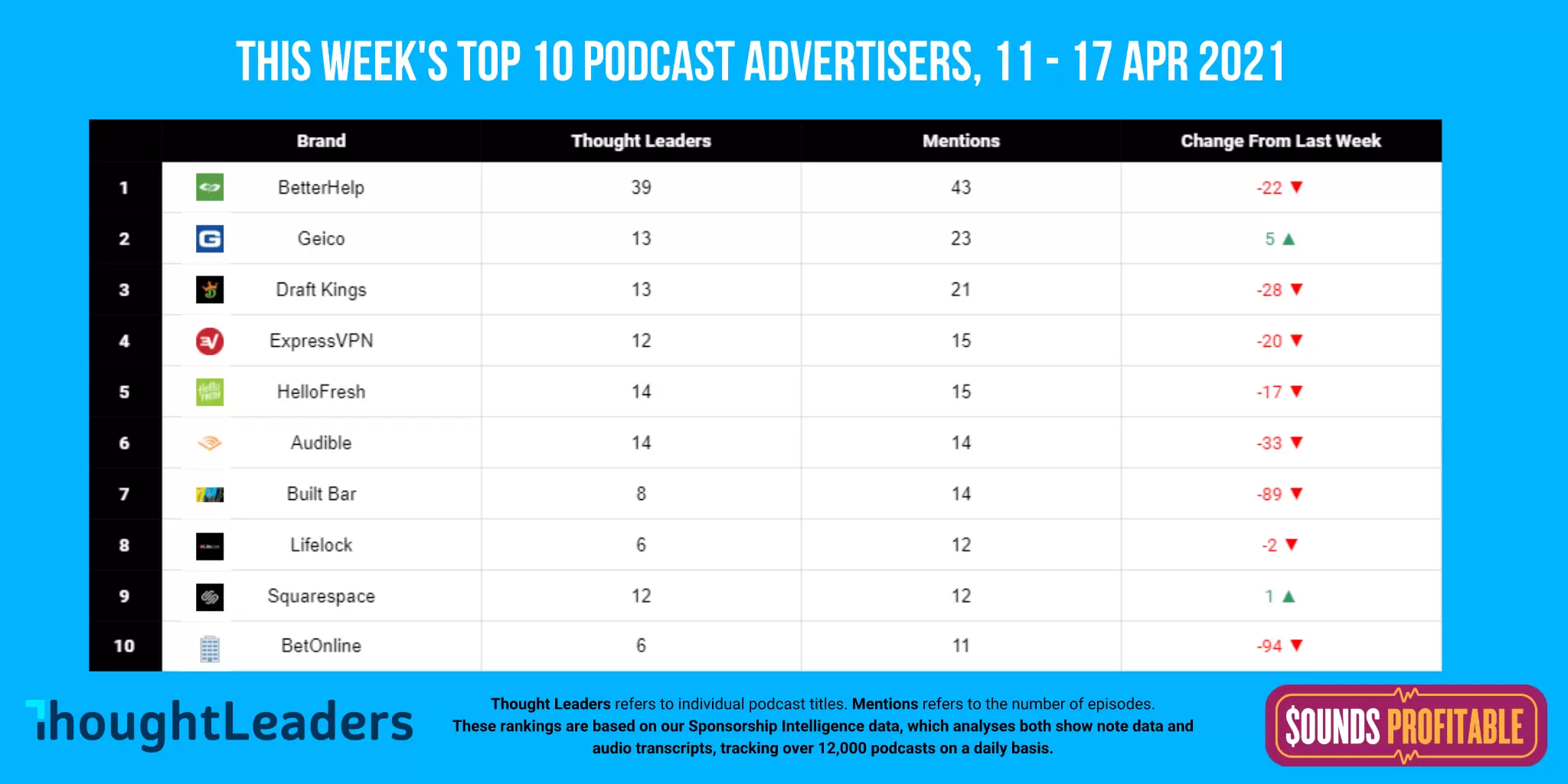
Honestly, not sure what to make of this week. My assumption that it would be going higher isn’t holding up (though it is an incomplete tracker) while everyone I know selling inventory or close to those roles are absolutely drowning in work. Could use some feedback from ya’ll to understand what you’re seeing in the space right now and your predictions on the rest of this quarter. Click the Yappa image above or hit reply.
Things to Think About
I highly recommend all my subscribers also subscribe to Podnews. Last week, I found a few pieces of information that caught my attention.
- “iVoox has launched the first native podcast advertising marketplace in Spanish”. English speaking and US focused isn’t the only area of growth in podcasting. Companies exploring outside of those safety nets are absolutely ones to watch and partner with.
- “Libsyn has acquired Glow, a podcast membership monetisation platform, for $1.2m. In February, Libsyn acquired podcast production platform Auxbus and earlier this month acquired ad company AdvertiseCast.” Libsyn is clearly focused on being competitive in the advertising space, with the latest technologies and offerings. I think the company is going to look drastically different by the end of 2021 and I’m all about it.
- CosaVostra put together the French version of the Podscape, and I’m here for it. I hope we see these for each country or region out there. I’d love to learn more about podcasting outside the US.

